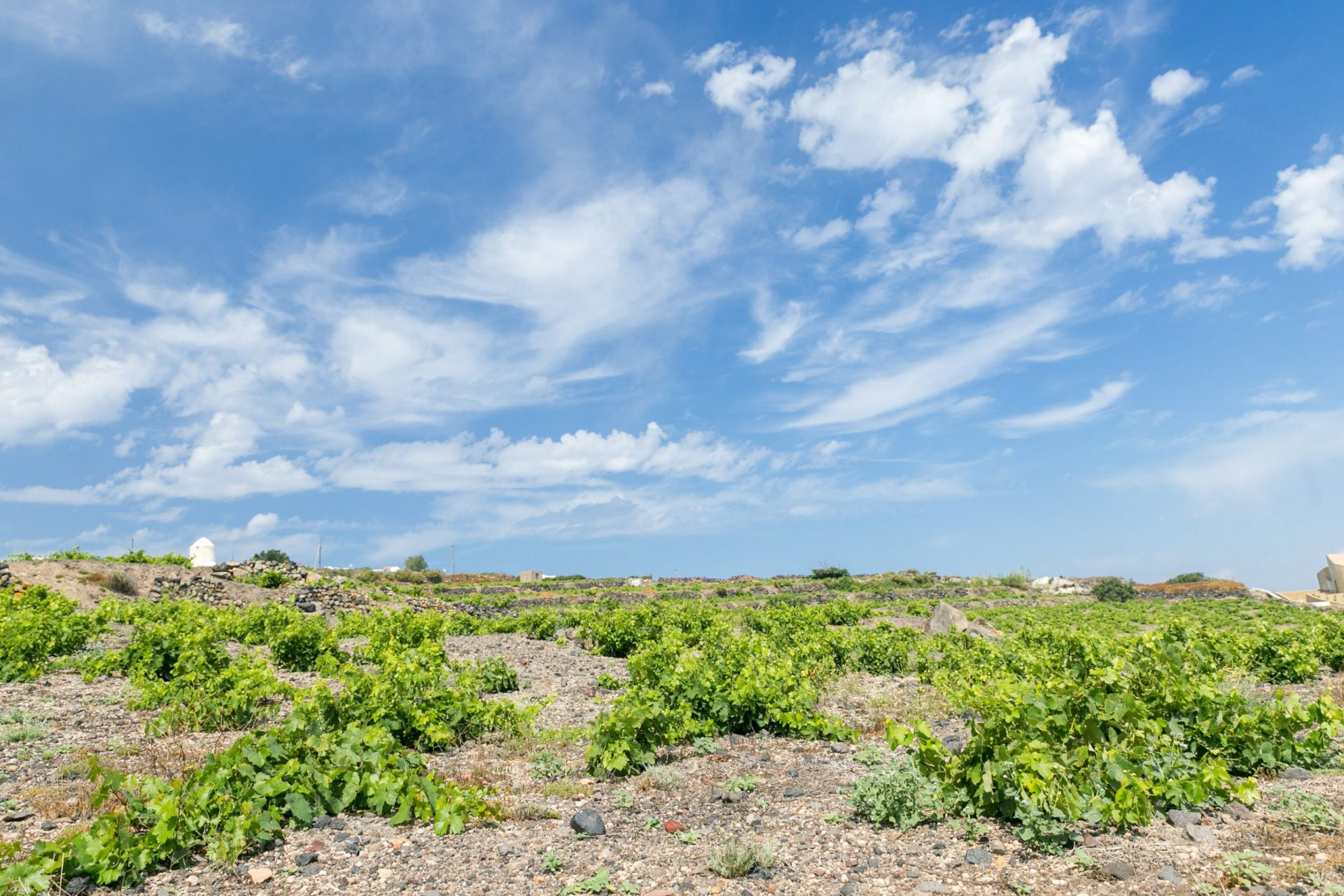
Without a doubt, Assyrtiko is the noblest of Greece’s white grape varieties and produces some of the loveliest wines found in the Mediterranean. The vines yield medium to large-sized berries with yellowish golden hue.
As it ripens, Assyrtiko develops rich, focused flavours with moderate fruit that is never overly sweet or raisinated, while its characteristic high acid lends a crisp, often lean profile to the wines.
You’ll find Assyrtiko vines growing on many Aegean islands – while it adapts beautifully to a variety of soils and climates, however, it undoubtedly shows its best in the soils of Santorini. There’s a reason why about 75 per cent of the island’s vineyards are planted to the grape.
While many wine lovers may know Assyrtiko for the vibrant, mineral-driven dry wines it is often used for, the variety also makes its way into sweeter styles such as Vinsanto, Santorini’s most iconic dessert wine. Crafted from a blend of sundried Assyrtiko, Athiri, and Aidani, Vinsanto sees extended oak ageing, lending to the wine’s wonderful complexity and unique character.





